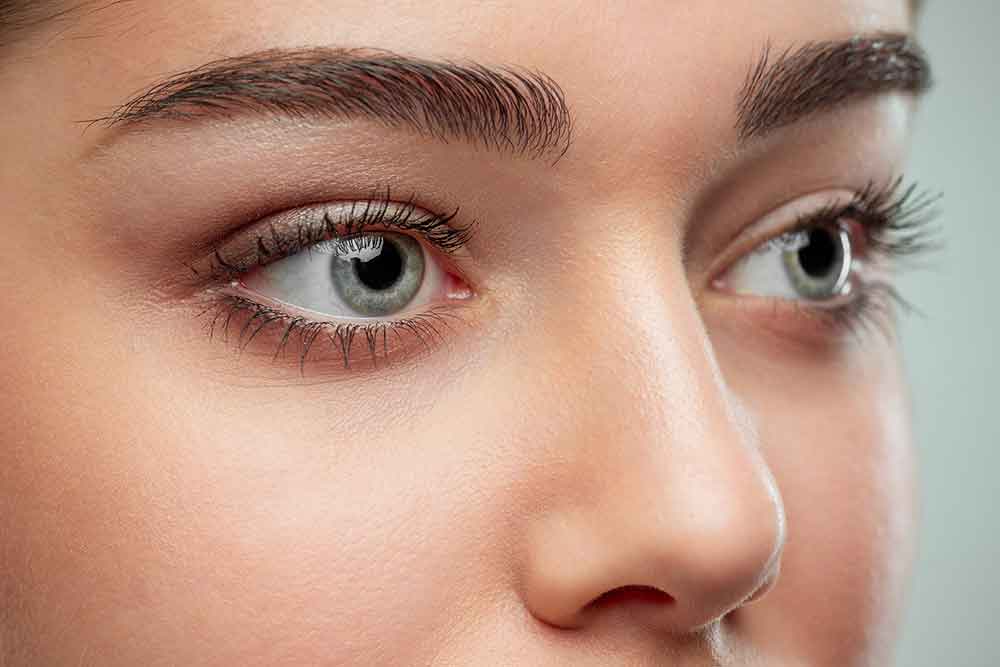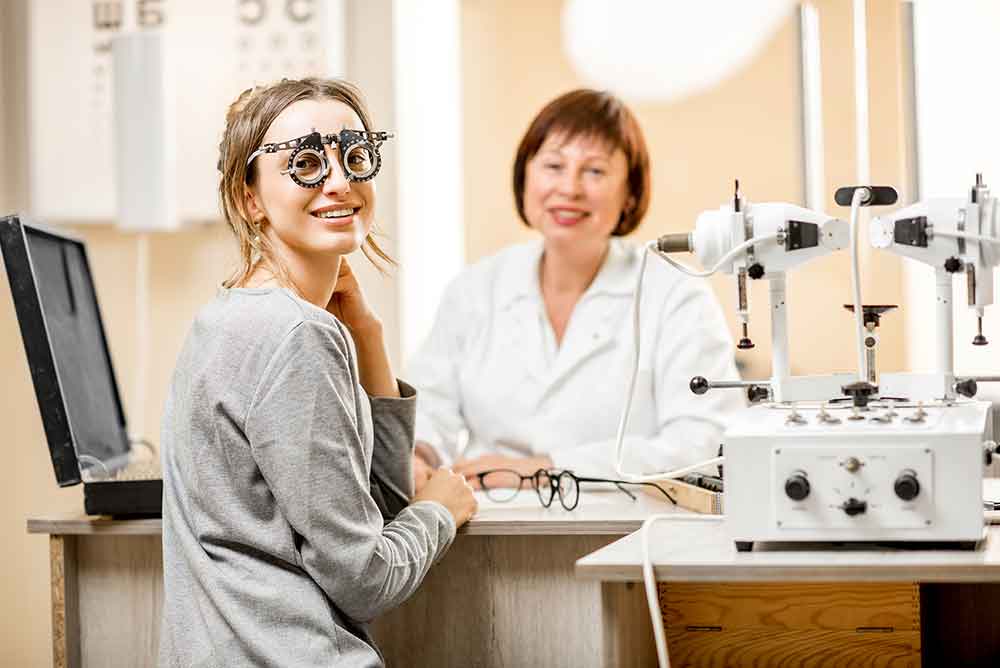
When we talk about maintaining healthy eyesight, what we’re really referring to is the immediate, short-term, and long-term care and protection of your vision, which is the sense that gives you a perspective on the world that is singular and specific to you. Our eyes are responsible for a significant portion of what we discover, what we feel, and what brings us pleasure.
Healthy Sight is not merely a catchphrase; rather, it is a way of life that improves your vision in everyday situations while also protecting the health of your eyes. It entails going in for checkups on a regular basis. If one requires corrective lenses or contacts, maintaining good eye health requires always wearing the appropriate prescription. It involves being aware of how to shield your eyes from the sun’s potentially damaging ultraviolet radiation, as well as the risks associated with participating in dangerous activities.
Protecting your children’s vision is an important part of maintaining your own healthy vision.
The eyes are a component of the human body. Some of the healthy behaviors that safeguard your overall health are also beneficial to your eyesight, including the following:
Consuming a diet that is well-balanced that is abundant in fiber, fruits, and veggies
Drinking water to hydrate your body and your eyes
Quitting smoking and minimizing your exposure to secondhand smoke over the long run
Protecting oneself from ultraviolet (UV) rays
Considering proper vitamin supplements
In research trials, antioxidants like vitamins C and E, as well as carotenoids like lutein and zeaxanthin, have demonstrated some promise in terms of lowering the chance of developing cataracts and age-related macular degeneration, as well as slowing their progression (AMD).
According to research done, a surprising number of healthy visual behaviors are not practiced, such as completely treating detected eye issues with the appropriate prescription when it is prescribed. That entails carrying out the prescribed actions in an exact manner until all of the medication has been consumed.
Also, make sure to advise your eye doctor about any other prescription medications you are currently taking, as there is a possibility that combining eye medication with other prescriptions could result in undesirable visual side effects.
You’d be amazed at how many of us admit to working in low light or poor lighting settings; when reading or doing work that demands attention, make sure to use good, even lighting. And make sure the illumination on your computer screen is adjusted to match your surroundings.

Glare and ultraviolet (UV) radiation both bring specific risks and hazards to one’s vision. Take the time to learn how to reduce both of these issues by using protective lenses or lens products that already have glare reduction and 100% UV blockage built into them.